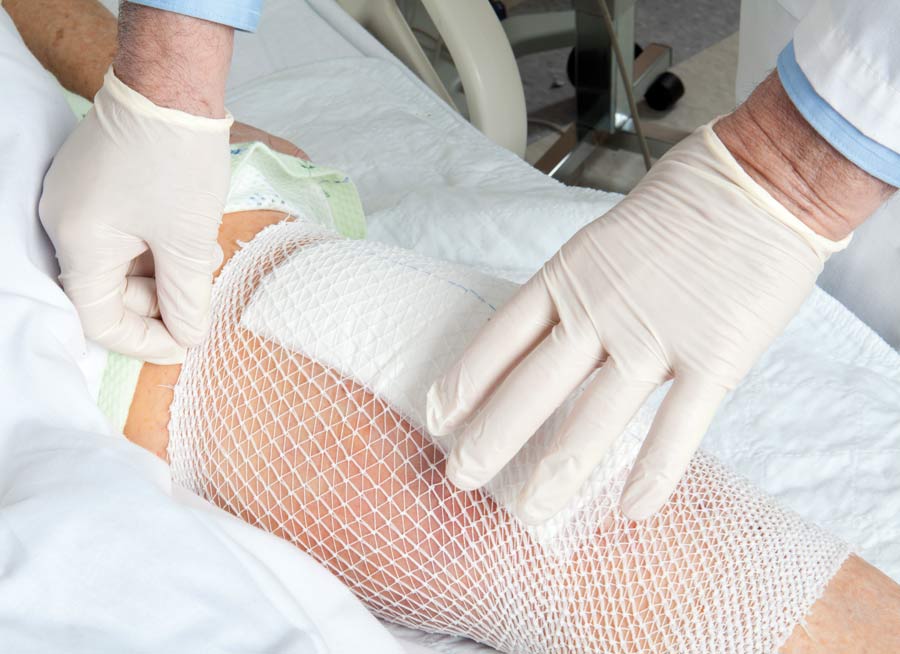Outpatient total joints currently account for about 3% of all joint replacements performed in the U.S. That percentage is projected to grow to 30% to 50% over the next five years, according to Ritesh R. Shah, MD, chief of orthopedic surgery at Advocate Illinois Masonic Medical Center in Chicago.
Although the coronavirus halted elective surgeries earlier this year and fears of a second wave have created an uncertain future, Dr. Shah believes the pandemic and its aftermath could accelerate the growth of same-day joint replacements as surgeons, patients and payers realize it's best to spend as little time as possible in healthcare facilities.
"The COVID-19 crisis should provide a push for what was already happening across the country," agrees Steven B. Haas, MD, chief of the knee service at the Hospital for Special Surgery (HSS) in New York City. "The number of cases outpatient facilities take on will only increase."
Facilities that want to capitalize on the expected influx of cases by adding a same-day total joints program or expanding the number of procedures they're already performing should focus on the following elements to build programs set up for long-term success.
- Appropriate candidates. The most important component of a successful same-day joint replacement program is patient selection, according to Dr. Shah. The right candidates often emerge by identifying patients with comorbidities — such as obesity, smoking and diabetes with an A1C greater than 7% — who are unsuitable to safely undergo outpatient procedures.
Selecting candidates for surgery should also involve assessing a patient's physiological status and social support structure to ensure they have the mental fortitude and help they need to recover at home.
Dr. Haas is also a big proponent of putting patients on comprehensive prehab programs and optimizing their pre-op nutritional status to prepare their bodies for the trauma of major surgery and improve their abilities to recover quickly. "Prehab is important because the better condition patients are in heading into surgery, the better condition they'll be in coming out," he says.
Plus, points out Dr. Haas, prehab programs typically involve ensuring patients have realistic expectations of how much pain they'll be in and how mobile they'll be after surgery, as well as demonstrations of the exercises they'll perform while rehabbing.
Dr. Shah, who has been performing outpatient total joint replacements since 2013, says his typical hip or knee replacement patient walks within 40 minutes of surgery and climbs stairs within 70 minutes. About half of his patients are discharged a few hours after their procedures and 90% are ready to head home within 23 hours.
Fledgling programs will likely realize much lower percentages of patients who are ready for same-day discharge. That's to be expected as surgeons and staff grow accustomed to new clinical pathways and make needed adjustments as they gain more experience in managing the entire episode of care.
.svg?sfvrsn=be606e78_3)

.svg?sfvrsn=56b2f850_5)